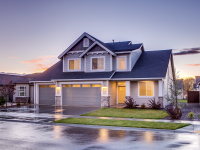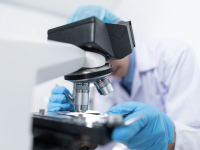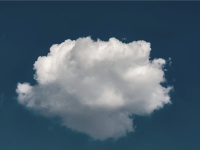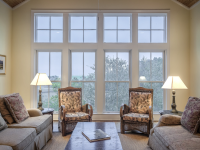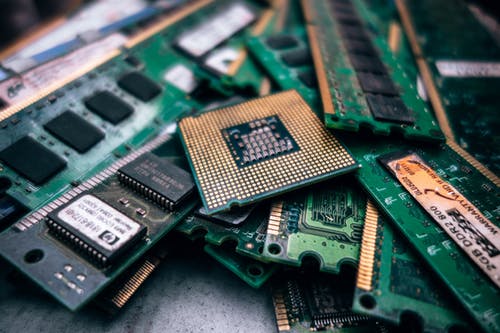We often think that drones are just a flying RC device with integrated cameras. However, they are much more complex than that. If you are operating a drone today, you should be more aware of its inner systems. Here are some of the drone hardware components that you should know:
- Body: The body of the drone is consisted of wings, fuselage, tail rotor, arms and multi rotor frame.
- Power supply: Drones are powered by batteries and larger drones may have solar cells and batteries to increase operational time.
- Sensors: Drones are equipped with various sensors, such as exproprioceptive, exteroceptive and proprioceptive.
- Camera: Drones can be equipped with one camera mounted in a gimbal or multiple cameras on different locations.
- Telecommunication modules: It’s an electronic module with a transceiver unit that communicates with the handheld remote control device.
Software
Drone is operated by software that is designed to determine what the device should and where it should go. Because the software needs to handle multiple components, it can be very complex. The software controls waypoints, altitude, stability and other information. The software may also be programmed to prevent the loss of the drone. As an example, when signal is interrupted, the software will steer the drone back to the users. The software may also act as autopilot, when waypoints have been programmed. Users may set up waypoints based on GPS coordinate using their computers. So, when the device is flown and the autopilot feature is enabled, the drone will fly automatically based on programmed flight path. So, users will only need to rotate and zoom in/out the camera, without controlling the device.
This makes drones useful for various purposes, such as surveys. Information can be analyzed during flight and this can improve decision-making process. This is useful for military and mining purposes to monitor operations in the field. There are different layers of software that you should know:
- Firmware: Firmware controls hardware components at machine-level.
- Middleware: Middleware controls communication, navigation and flight control.
- Operating system: Operating system is the software that directly interacts with users. It’s often represented as apps that can be downloaded on smartphones. Some remote control units also have built-in screen that displays the operating system
There are different third-party software that helps users to take advantage of the drone’s capability.
- Pix4D: Pix4D is useful for mapping purpose. It collects data from the drone and converts them into maps or models
- 3dr: 3dr is a software that makes it easy for everyone to operate drone. It’s an open source platform with code that’s available to the public. It means that companies or even individual users can tweak the code, so the software can work according to their designs and requirements.
- Microdrones: The mdCockpit module of Microdrones is useful for planning the flight path and for performing flight data analysis. mdFlightSim allows users to perform flight training, without the need of flying the drone. It’s useful for people who want to learn to fly a drone without risking damaging or losing their drone.




